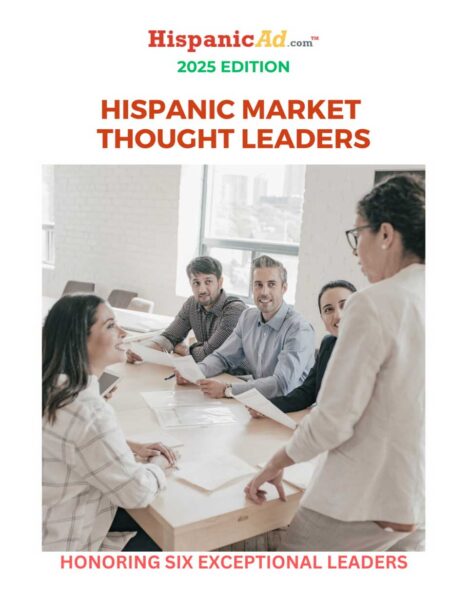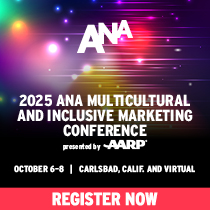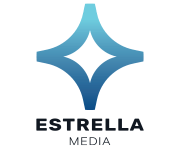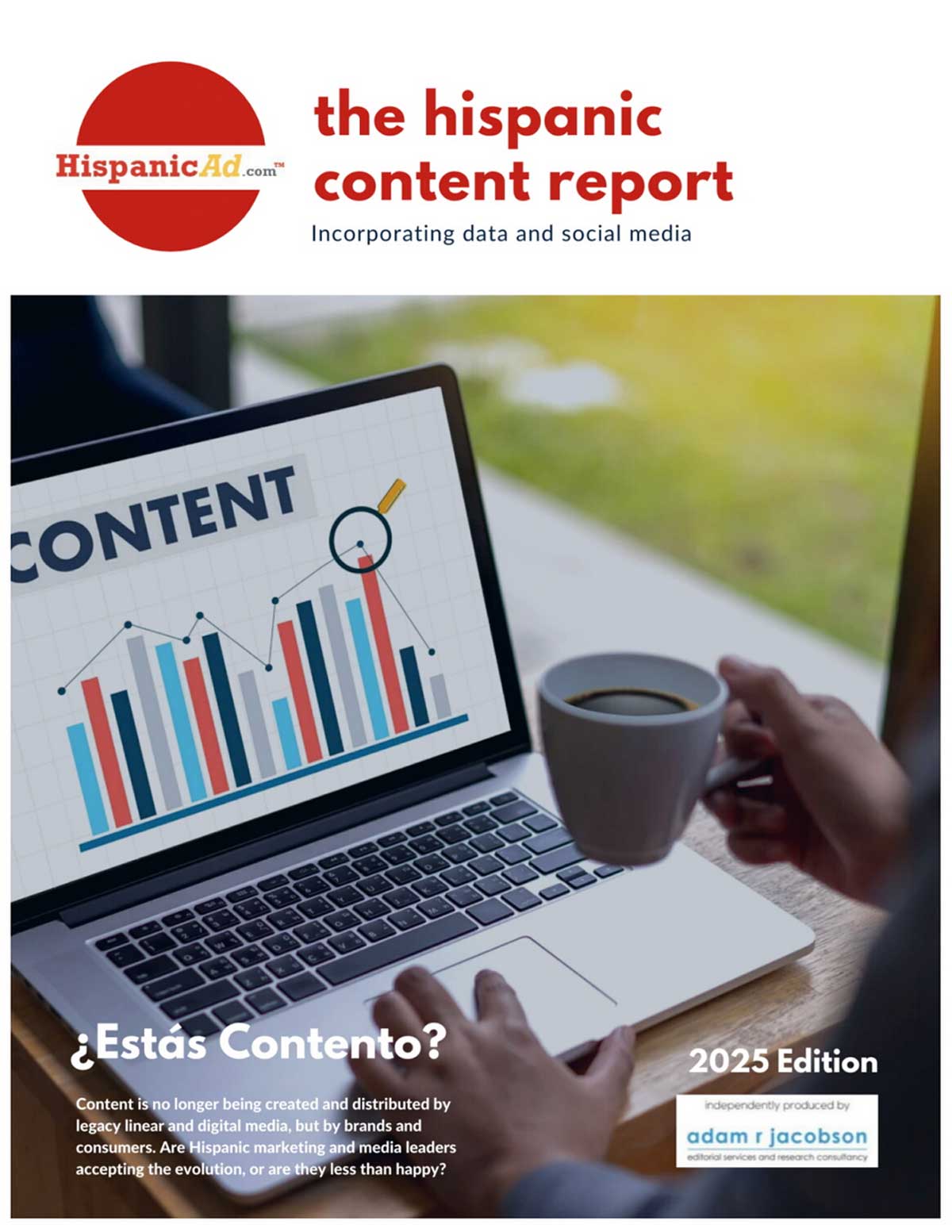What Marketers Don’t Know About People With Disabilities
![]() People with disabilities are often seen as folks who need to be saved, which is a misconception. Some companies, in their rush to save the day, focus so heavily on accessibility that they overlook what it means to be inclusive. By celebrating people for who they are and adapting experiences through their lens, we get the privilege of seeing how they shine. ThinkNow ConneKt surveyed over 500 people with disabilities and discovered these amazing stats.
People with disabilities are often seen as folks who need to be saved, which is a misconception. Some companies, in their rush to save the day, focus so heavily on accessibility that they overlook what it means to be inclusive. By celebrating people for who they are and adapting experiences through their lens, we get the privilege of seeing how they shine. ThinkNow ConneKt surveyed over 500 people with disabilities and discovered these amazing stats.


 EstrellaTV has finalized a distribution agreement with new MMA fight series, Naciones MMA, bringing the series to the network.
EstrellaTV has finalized a distribution agreement with new MMA fight series, Naciones MMA, bringing the series to the network. 16% of Americans have ever earned money from an online gig platform. While most gig platform workers say they have had a positive experience with these jobs, some report facing on-the-job troubles like being treated rudely or sexually harassed
16% of Americans have ever earned money from an online gig platform. While most gig platform workers say they have had a positive experience with these jobs, some report facing on-the-job troubles like being treated rudely or sexually harassed  Danone North America released new research exploring the relationship between multicultural audiences and plant-based products.
Danone North America released new research exploring the relationship between multicultural audiences and plant-based products. A paper which starts with the statement, “Advertising often aims at creating and reinforcing brand differentiation, which should translate into reduced price competition,” is going to get my attention. The findings reported confirm that advertising does lower long-term price elasticity, but the role of differentiation is inferred not measured. By Nigel Hollis
A paper which starts with the statement, “Advertising often aims at creating and reinforcing brand differentiation, which should translate into reduced price competition,” is going to get my attention. The findings reported confirm that advertising does lower long-term price elasticity, but the role of differentiation is inferred not measured. By Nigel Hollis Learn how you can simplify the complexity of customer experience and unlock a successful CX measurement approach.
Learn how you can simplify the complexity of customer experience and unlock a successful CX measurement approach. Joining the board are Jacqueline Hernández, CEO and Co Founder of New Majority Ready; Flavio Morales, EVP at Endemol Shine Latino;; and Michael Rubenstein, the Co-Founder and President of OpenStore.
Joining the board are Jacqueline Hernández, CEO and Co Founder of New Majority Ready; Flavio Morales, EVP at Endemol Shine Latino;; and Michael Rubenstein, the Co-Founder and President of OpenStore.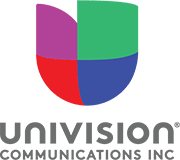 Univision Communications Inc. announced a partnership with powerhouse actress, singer-songwriter, and executive producer Selena Gomez to produce her first-ever Spanish-language series “Mi Vecino, El Cartel” (“The Cartel Among Us”) through her company July Moon Productions and alongside Blackfin (an eOne company).
Univision Communications Inc. announced a partnership with powerhouse actress, singer-songwriter, and executive producer Selena Gomez to produce her first-ever Spanish-language series “Mi Vecino, El Cartel” (“The Cartel Among Us”) through her company July Moon Productions and alongside Blackfin (an eOne company). WCCM Latin X Boston, of Costa Media Boston, has pledged to be a true local station in the Boston DMA and provide valuable information to the Latino community. Through its partnership with the Massachusetts Alliance of Boys & Girls, it is committed to working with local organizations and leaders to enhance this mission.
WCCM Latin X Boston, of Costa Media Boston, has pledged to be a true local station in the Boston DMA and provide valuable information to the Latino community. Through its partnership with the Massachusetts Alliance of Boys & Girls, it is committed to working with local organizations and leaders to enhance this mission. The global ad market will continue its recovery from the 2020 downturn with 9.1% growth in 2022, after 15.6% growth in 2021, according to Zenith’s Advertising Expenditure Forecasts report, published today. Global adspend will expand by 5.7% in 2023 and 7.4% in 2024, with brands looking to leverage more social media, online video, advanced TV, and ecommerce channels.
The global ad market will continue its recovery from the 2020 downturn with 9.1% growth in 2022, after 15.6% growth in 2021, according to Zenith’s Advertising Expenditure Forecasts report, published today. Global adspend will expand by 5.7% in 2023 and 7.4% in 2024, with brands looking to leverage more social media, online video, advanced TV, and ecommerce channels. Conspiracy Theories have recently been top of mind, with many considering that their impact on areas such as vaccine uptake are having serious societal consequences. But while there has been significant research into the possible causes, as well as who develops and perpetuates them, there has been little investigation into the wider public’s relationship with them. Until now.
Conspiracy Theories have recently been top of mind, with many considering that their impact on areas such as vaccine uptake are having serious societal consequences. But while there has been significant research into the possible causes, as well as who develops and perpetuates them, there has been little investigation into the wider public’s relationship with them. Until now. Meruelo Media (Power 106, Cali 93.9, KLOS-FM, 93.5 KDAY and KWHY-22 TV) has announced its partnership with Matrix and their Monarch Media Ad Sales Platform.
Meruelo Media (Power 106, Cali 93.9, KLOS-FM, 93.5 KDAY and KWHY-22 TV) has announced its partnership with Matrix and their Monarch Media Ad Sales Platform. Leading organizations in the marketing industry today announced a groundbreaking coalition of resources and professional expertise to catalyze the global marketing community in driving growth through sustainable innovation.
Leading organizations in the marketing industry today announced a groundbreaking coalition of resources and professional expertise to catalyze the global marketing community in driving growth through sustainable innovation. Advertising has the power to shape ourworld. When done well, it reflects our innermost desires, feeds our greatest aspirations, and fuels our feelings of hope and belonging.
Advertising has the power to shape ourworld. When done well, it reflects our innermost desires, feeds our greatest aspirations, and fuels our feelings of hope and belonging. It’s good news: marketing is reclaimed as a key driver of business
It’s good news: marketing is reclaimed as a key driver of business MSL U.S., in partnership with The Influencer League, unveiled a research study, “Time to Face the Influencer Pay Gap,” uncovering a vast racial divide in influencer marketing.
MSL U.S., in partnership with The Influencer League, unveiled a research study, “Time to Face the Influencer Pay Gap,” uncovering a vast racial divide in influencer marketing. The global economy has recovered in-line with expectations (GDP +5.9% vs +6.4% expected in April) and, in most markets, so has marketing activity and advertising spending.
The global economy has recovered in-line with expectations (GDP +5.9% vs +6.4% expected in April) and, in most markets, so has marketing activity and advertising spending. Insights on building today’s leading loyalty programs
Insights on building today’s leading loyalty programs
